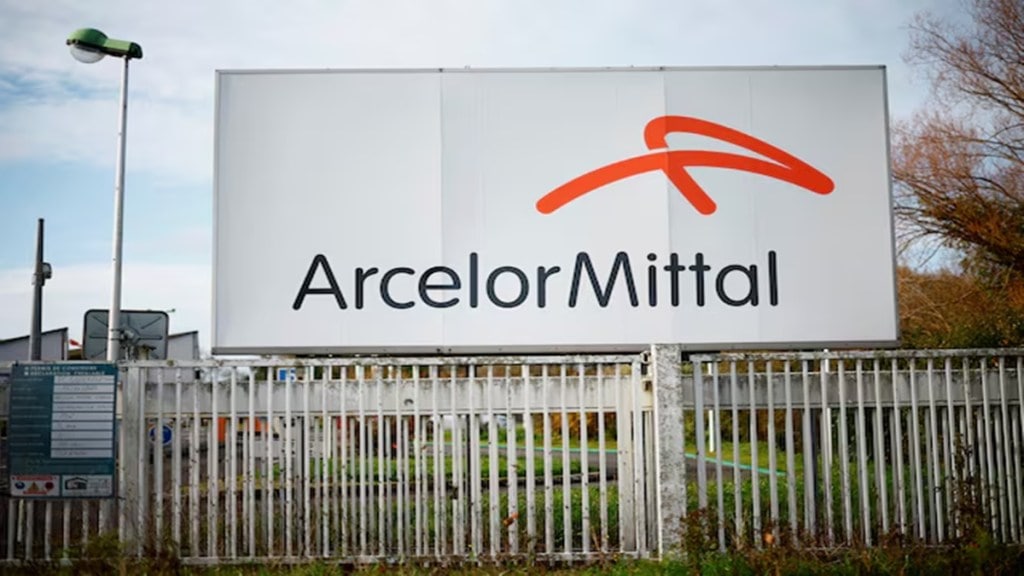ArcelorMittal Nippon Steel India (AM/NS India) has commissioned a new continuous galvanising line (CGL) at its flagship Hazira facility in Gujarat, the company said in a statement on Wednesday.
This marks a significant milestone in its Rs 60, 000-crore expansion project for the facility. The firm added the new unit is the first in India capable of producing advanced high-strength steel (AHSS) with tensile strength up to 1180 megapascals (MPa), specifically tailored for automotive applications.
CGL
“This first-of-its-kind CGL is not only a technological leap, but a step toward import substitution,” Dilip Oommen, chief executive, AM/NS India, said. “It aligns with our ambition to make high-grade, globally benchmarked steel within India, supporting the country’s self-reliance vision and climate goals.”
The line will also support lightweighting and safety improvements in the mobility sector, which has traditionally depended on imported high-grade steel.
The current annual requirement for auto-grade steel in the country is 8-9 million tonne per annum (MTPA) of which 12%-15% is imported. AM/NS said that with this the commissioning of the new line, India’s dependence on imports for auto-grade steel could come down to zero in the near future.
The new CGL will have an annual capacity of 0.5 MTPA. AM/NS India’s annual downstream capacity stands at 3.3 MTPA.
GI
The commissioning enhances AM/NS India’s downstream capabilities, enabling it to supply galvanised (GI) and galvannealed (GA) coated flat steel products. These include patented offerings from parent firms ArcelorMittal and Nippon Steel, known for high formability, recyclability, and strength-to-weight ratio all of which will be critical to meeting India’s upcoming Corporate Average Fuel Efficiency (CAFE) Phase III norms from April 2027.
The new facility is part of the broader expansion at Hazira, aimed at scaling up crude steel capacity from 9 MTPA to 15 MTPA, eventually targeting 24 MTPA. According to AM/NS India, most downstream units are already operating at over 90% capacity utilisation, and further downstream product introductions are expected in future phases.

